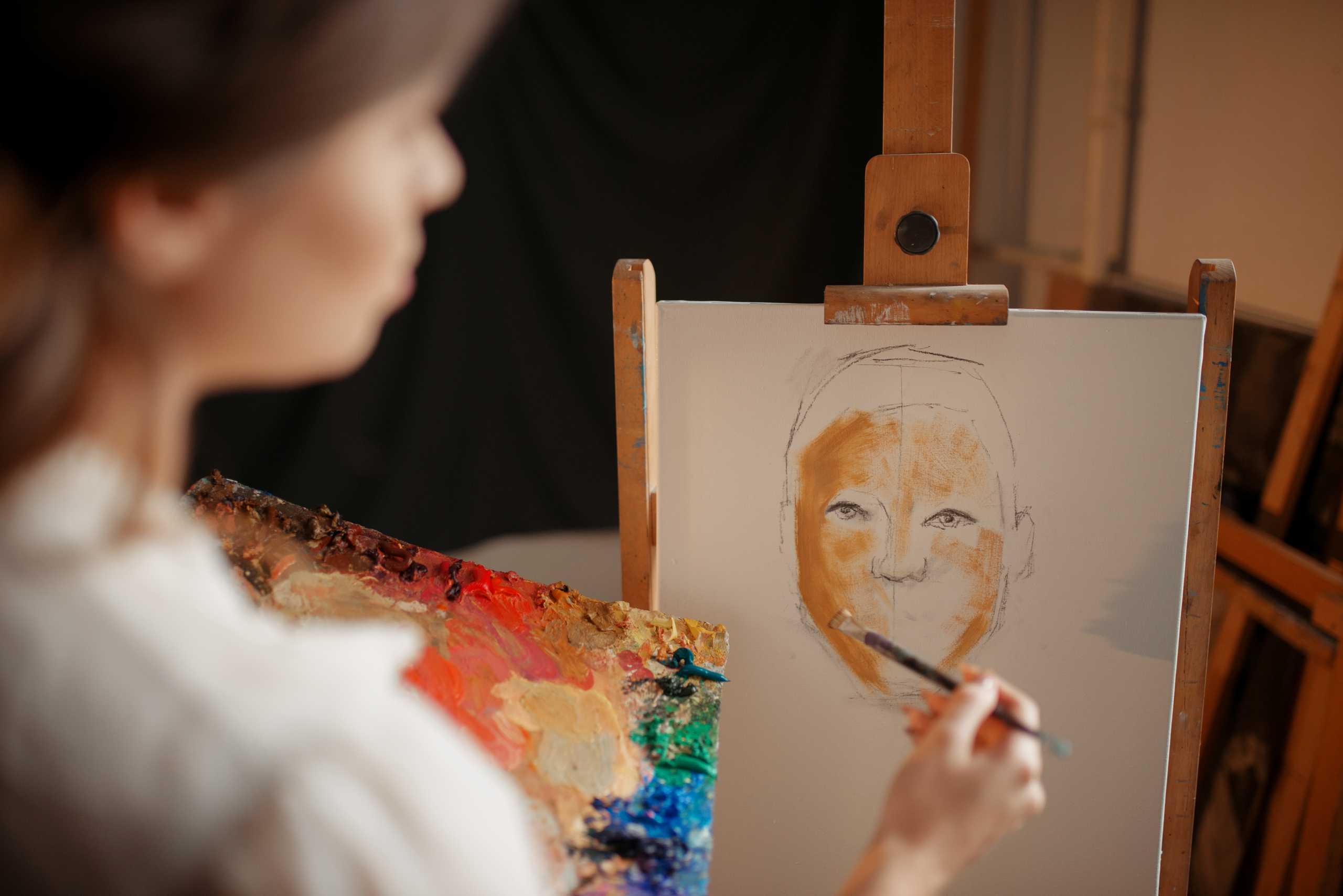Painting Faces, Connecting Souls: The Emotional Side of Portraiture
We’ve all seen it: a painting of a face that lingers in our mind long after we’ve walked away. It might not be perfect, realistic, or even finished — yet it moves us. Why?
Because portraiture, at its core, is not about copying a face.
It’s about capturing presence, vulnerability, being.
More Than Likeness
When we paint a portrait, we’re not just replicating physical features — we’re translating something deeper:
- A fleeting expression
- A hidden sadness
- The softness of a memory
- The pride in aging skin
Great portraits aren’t always “correct.” They’re honest.
The Moment of Stillness
In today’s fast-paced world, taking time to paint someone’s face is almost radical. It requires you to pause. To look. Really look.
You begin to notice:
- The way their eye creases when they smile
- The shadow that curves under their cheek
- The slight asymmetry that makes them real
This intense observation becomes something sacred — a silent conversation between you and your subject.
Painting People You Know
Painting a friend, a parent, a child — it’s personal.
You’re not just documenting them. You’re reflecting how you feel about them.
Often, painters realize things mid-process:
- “I didn’t know she looked so tired.”
- “His eyes are softer than I thought.”
- “There’s a kindness in her mouth I’ve never noticed before.”
Through the act of painting, we often see more clearly. And sometimes, we understand more deeply.
Painting People You’ve Never Met
And yet, painting strangers can be just as intimate. You look at a photo or sit across from someone new — and build a connection through color and form.
Without words, you learn to ask:
Who are you?
What are you holding behind your eyes?
And then, somehow, they answer.
Let the Emotions In
Some days, painting is pure joy. Other days, it’s quiet grief, or calm reflection. Let that into your work.
A portrait with feeling will always matter more than one with flawless technique. Because viewers connect with emotion — not perfection.
Your own emotional state becomes part of the painting’s DNA. And that’s not a flaw — it’s a gift.
In the End, It’s a Human Act
To paint a portrait is to witness someone.
It’s to say:
“I see you. I honor you. You matter.”
And in that, the artist is changed too.
So don’t just aim to paint a face.
Paint a presence.
Paint a soul.
And trust that what you feel will find its way onto the canvas.

